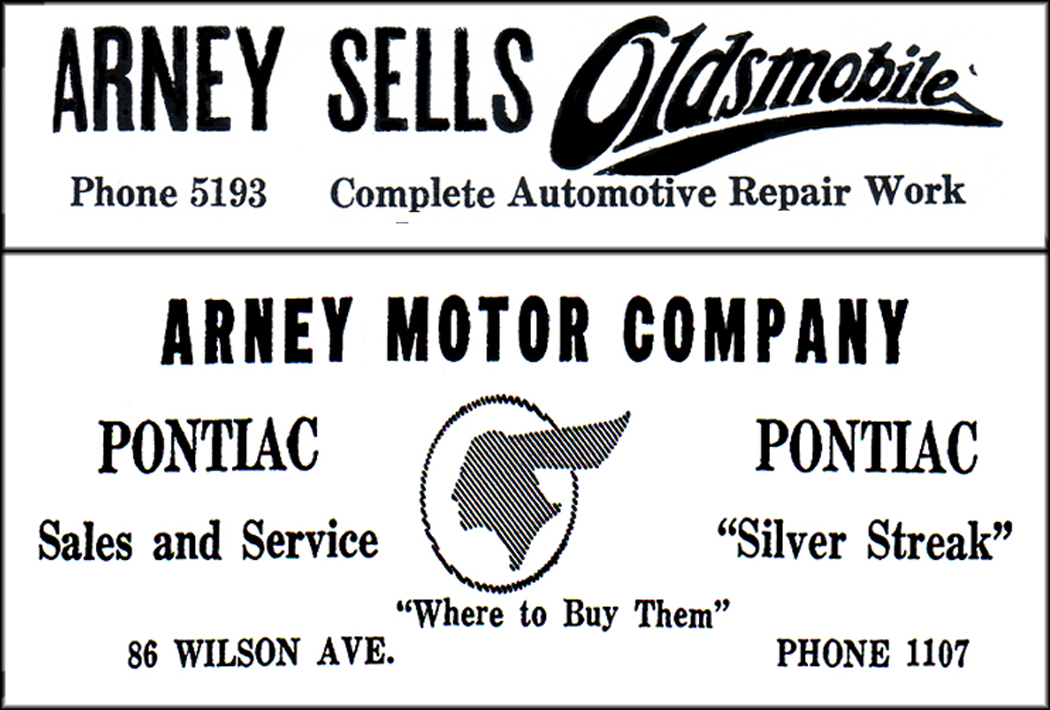I have been a hamburger connoisseur my entire life. My favorite burger in the late 1940s was cooked by Bill Lawson at his small 302 W. Market Street cafe, The Sandwich Shop, just west down the road from our apartment. After Bill closed his business, my taste buds promptly migrated west to the Apex Barbecue at 604 W. Market where I was became acquainted with the Gurney Burger, a large and tasty burger made from a secret family recipe of the Gurney Campbell family.

Compared to standard burgers of that day, this meaty gastronomic delight was gigantic. It was so big that the joke around town was that if you ate too many of them, you might end up on a hospital gurney. My family made frequent trips to the Apex to get a bagful of burgers, which I seem to recall were individually wrapped in white paper. Several years later, Gurney left the Apex and opened his own restaurant at 1418 E. Main, just beyond Broadway Street. Everybody in town knew Gurney Campbell.
In 1988, Johnson City Press-Chronicle writer, Mark Rutledge, interviewed Gurney and Mary Campbell about their highly popular business. The 84-year-old couple revealed that they initially opened a hamburger and hot dog joint in Hampton about six years after they were married in 1921. After more than 60 years later, they were still flipping burgers with the help of four generations of family members.
Betty Jackson, daughter of the Campbells, is credited for naming the burger after her father. “How many family businesses,” asked Mrs. Jackson, “have you seen with four generations working? We have a few non-family employees working for us, but it’s mostly family members. Anytime anybody says, ‘I need some money,’ I tell them, ‘I’ve got a job for you.’”
After the Campbells moved their business to Johnson City, their life became saturated with hamburgers. People fell in love with the Gurney Burger and the product became a household name. That is what the public wanted and that is what they got. Mrs. Campbell labored over the grill six days a week flipping meat patties. She told people that her husband paid her “twenty-one fifty a week.” She clarified that statement as meaning twenty-one meals and 50 cents.
Gurney and Mary initially charged a dime each for a cup of coffee and a burger. Over time, the burgers became slightly more expensive, but the coffee remained the same. Mary jokingly explained that she would not let her husband raise the price because “that’s all it’s worth.”
Making Gurney Burgers was more than just a trade with the Campbells; it was a family tradition. Raised in the business, Mrs. Jackson passed the art to her daughter, Ann Lee, who in turn taught the trade to her daughter Jennifer.
The Gurney Burger competed well with the newer kids on the block – Shoney’s “Big Boy,” McDonald’s “Big Mac” and Burger King’s “Whopper.” Aside from its scrumptious taste, the burger’s success was probably due to the fact that the Campbells kept the business simple and did not try to expand it, a concept that obviously worked well.
A highlight of the Campbells’ career occurred when CBS television’s Charles Kuralt cruised by the restaurant in his motor home to verify the existence of the celebrated sandwich. He mentioned the establishment during one of his many “On the Road” segments for the CBS Evening News.
After the Campbells eventually closed their business, several people tried to return it to its former glory, but efforts proved futile. Today, the colossal scrumptious Gurney Burger is but a fleeing lip-smacking memory from yesteryear.

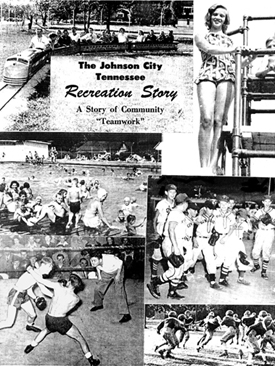

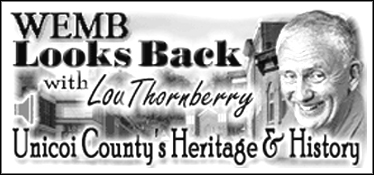

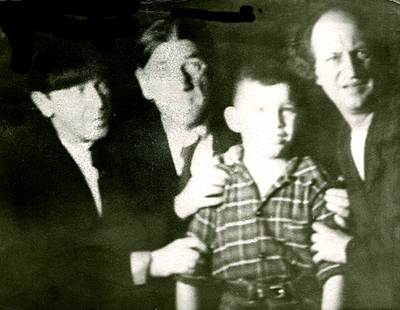
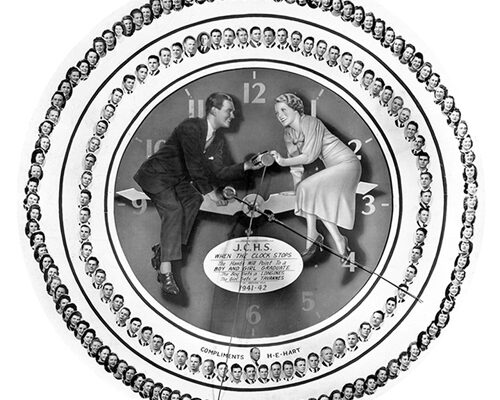

 and 1950 Ads-1050x400.jpg)
